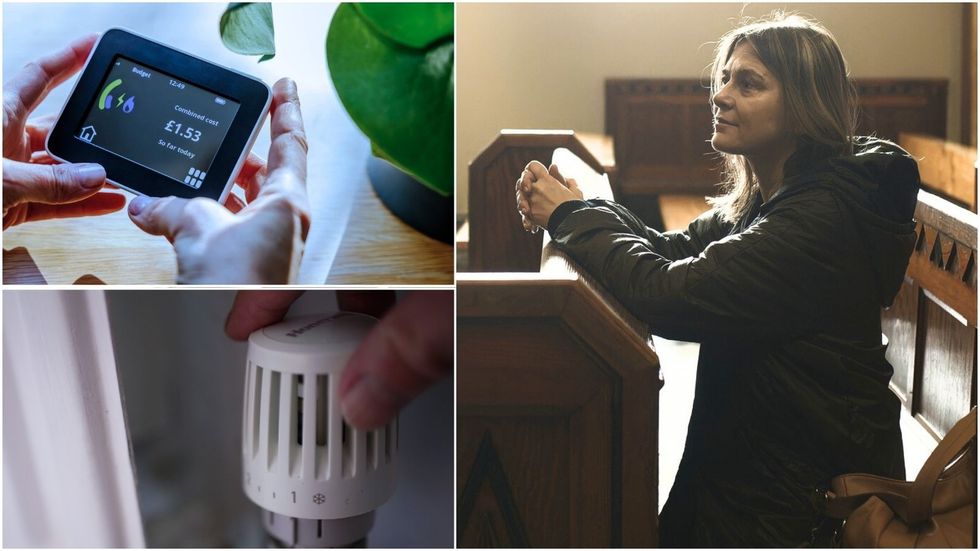A tiny Peak District church serving just six worshippers has seen its monthly electricity bills inexplicably surge from £15 to as high as £1,172 after installing a smart meter.
Saint Mary and Saint John Berkhamsytch in the hamlet of Bottomhouse has been hit with thousands in charges despite only using power for one hour each month.
Pam Ramsay, the church treasurer has spent the past year trying to convince Utility Warehouse to address the “nonsensical” bills.
The energy supplier insists the readings are accurate, even though the church only switches on electricity for its monthly 3pm service of hymn and prayer. The church has no plumbing or running water and relies solely on ten single-bar heaters to warm the congregation during services.
Reverend Jane Held, who oversees this church along with eight others said: “It simply makes no sense as the church electricity is only turned on for about an hour every month.”

Held ensures the power supply is turned off at the main junction box after every service to prevent any additional usage
GETTY
The vicar explains that these “unbelievable bills” are paid using money from collection plates passed around during services.
Held explained she ensures the power supply is turned off at the main junction box after every service to prevent any additional usage.
Chris Ramsay, 75, a retired electrical engineer tested the church’s actual power consumption using a basic £20 power meter from Amazon. The readings showed each heater used between 1,211 and 1,217 watts during operation.
He said: “If the meter shows 1,000 watts it is equivalent to a 1kWh reading. That is the amount of electricity used in an hour.”
LATEST DEVELOPMENTS:
With all ten heaters running for one hour monthly, the church uses approximately 12kWh per month.
While domestic users pay around 25p per kWh according to Ofgem, the church faces higher ‘non-domestic’ rates of 67p per kWh – meaning the actual monthly heating cost should be about £8.
The church’s standing charge has more than tripled, rising from 41p to £1.26 per day last May. This adds £39 to the monthly bill, even when the church is not using electricity.
Despite the total monthly costs logically remaining under £50, the church faced shocking bills throughout 2024: £1,172 in March, £568 in February, £385 in August, and £254 in December.
The church estimates it has been overcharged by £3,000 in the past year alone.
Ramsay said: “What is actually going on is hard to fathom because when the meter was installed four years ago everything was fine. As recently as September 2023, we were being charged £14.16.
“But then readings started to go haywire. My own suspicion is there is something wrong with the way the meter is sending signals for what is used to the energy supplier.
“Radio wave messages are somehow getting scrambled and not properly read – perhaps due to the church being situated in an isolated spot that is far from communication masts.”
Smart meter readings are transmitted via mobile phone and radio masts to Data Communications Company servers linked to energy suppliers.
Energy UK has revealed a regional divide in signal transmission methods, with the Midlands using cellular technology while northern England relies on radio frequencies. The church’s location may straddle both networks, potentially causing signal interference.
The £13.5billion smart meter rollout has faced various challenges, with one in ten meters going ‘dumb’ due to poor reception, thick walls, or battery failures.
A Utility Warehouse spokesman responded: “We are sorry to hear about Ramsay’s concerns regarding the church’s bills. Following an engineer’s visit, we can confirm the smart meter is working correctly and recording energy usage accurately.”
The company says its customer service team has contacted Ramsay to discuss the account and arrange a manageable payment plan.